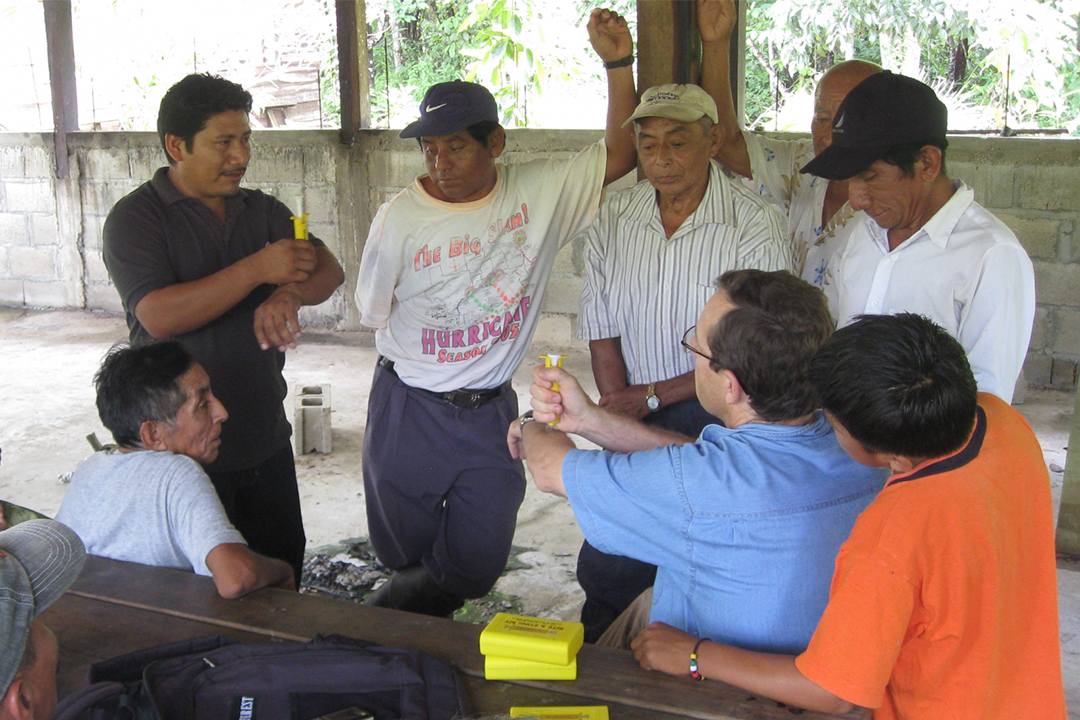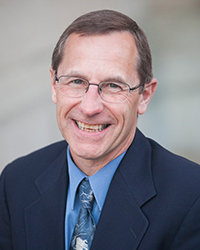
Waldram chronicles Maya healers
The history of the Maya people in Central America dates back more than 4,000 years. It’s one of the world’s great civilizations, with traditional medical practices that University of Saskatchewan researcher James Waldram wants to share with the world.
By James Shewaga
Founded on ancient Indigenous knowledge, Maya healing methods have been handed down from generation to generation and continue to this day. Every year for the past dozen years, Waldram has travelled to Belize to live with the Indigenous Q’eqchi’ people and study their traditional healers, and is now preparing to tell their story in his latest book.
“Their medical tradition goes back thousands of years, there’s no question about that,” said Waldram, a renowned researcher in the Department of Archaeology and Anthropology who has spent 33 years at the U of S. “But it changes constantly. What they are practicing today is a very contemporary form of traditional practice. It includes elements of biomedicine, it includes elements of popular medicine and the practitioners are willing to borrow ideas from anywhere, if they work ...
“And their goal is to communicate to the world that they have sophisticated medical knowledge and that it’s valuable.”
For more than three decades, Waldram has spent his academic career studying and documenting traditional Indigenous knowledge, healing techniques and mental health practices throughout North America and Central America.
“I have always studied the idea of healing, in one way or another, so I guess you would say it’s a passion and it is the thing that links all of the different places that I have worked,” said Waldram, who won the university’s Distinguished Researcher Award in 2013 and was named a Fellow of the Royal Society of Canada in 2014, one of our country’s highest academic honours.
“What I want to do is basically look at how what these Q’eqchi’ healers do is, in fact, a form of medicine. It’s not a scientific medicine but it is a form of medicine and it has an empirical tradition ... What do they know and how do they know it?”
Waldram said the Maya healers are experts in using local medicinal plants to treat everything from gastrointestinal disorders to infectious diseases, and often deal with potentially deadly bites from the fer-de-lance, one of the most poisonous snakes in the world. But Waldram also wants to dispel some of the myths surrounding Maya healers.
“Too many people, including scholars, want to freeze Indigenous people in some kind of mythical past, so that we can have this romantic notion of these healers out in the bush sucking out snake venom with their mouths,” he said. “And yes, they have done that, but they are well aware it is a very dangerous practice. And when they found out that there are devices that will do it for them and they don’t have to put themselves at risk, they were all for it.”
Waldram’s work in Belize began 12 years ago when he was first contacted by the Maya Healers Association of Belize, which invited him to document their traditional practices in an effort to gain wider acceptance from their government and their medical community.
Waldram carefully chronicled their efforts in a booklet and a 45-minute documentary that he produced entitled Healthy People, Beautiful Life: Maya Healers of Belize, which was distributed in the Central American country (available below and on Vimeo.com). Now he turns his attention to sharing their story with a wider audience, spending this academic year on sabbatical writing his next book on the subject.
“I have some two thousand pages of just interview transcripts alone and I have more than a hundred hours of video of their healing practices,” said Waldram, whose Maya research has earned him the nod as a finalist for a 2016 Insight Award by the Social Sciences and Humanities Research Council of Canada. “And then there are my own observational notes, my own field notes, so it’s a massive data set. And the sabbatical is the opportunity for me to dig into that data set and to really kind of pull it all together.”
Healthy People, Beautiful Life: Maya Healers of Belize
In this film, the healers speak freely of the challenges they face as they seek to help their people, and they demonstrate various aspects of their medical and spiritual practice.
The film is in the Q'eqchi' and Mopan languages with English subtitles.

